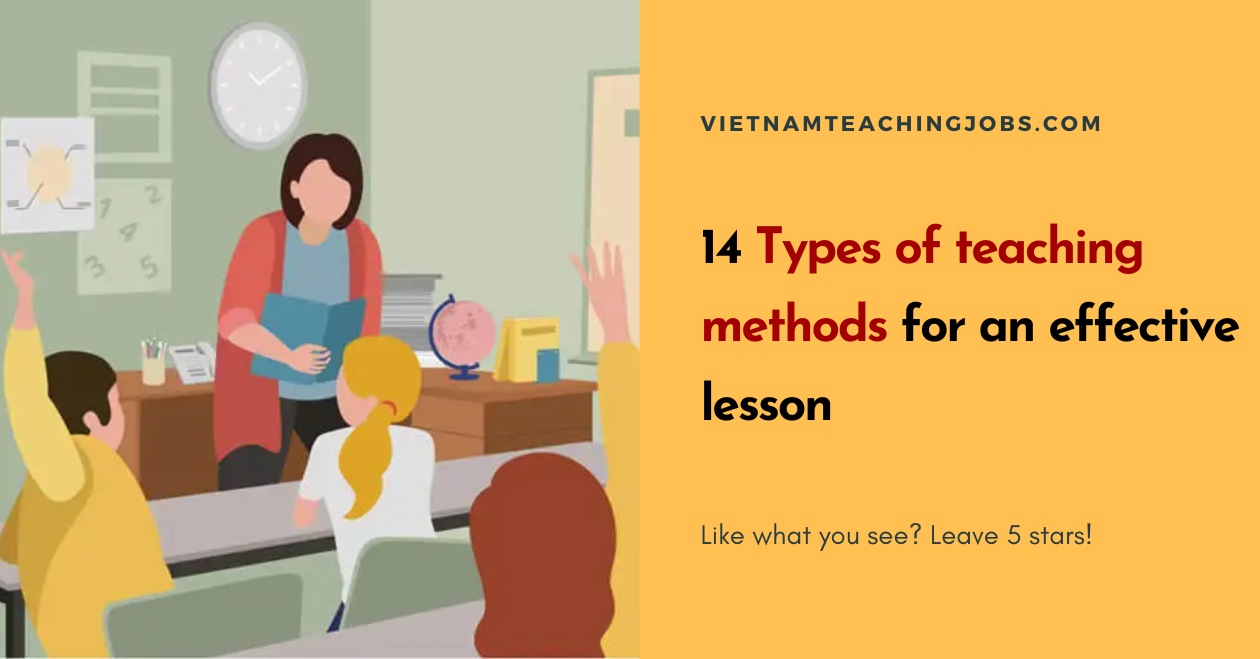Introduction to Primary and Secondary Education
As an educator with years of experience in both primary and secondary education, I have witnessed firsthand the transformative power that these foundational stages of learning can have on a child’s development. In this article, I will delve into the key components that make primary and secondary education effective, highlighting their importance and addressing the challenges that educators face in delivering quality education at these levels. Additionally, I will explore the role of technology in enhancing the learning experience and discuss the future of primary and secondary education.
Importance of Primary Education
Primary education forms the bedrock of a child’s educational journey, laying the foundation for future learning and personal growth. It is during these early years that children develop fundamental skills such as reading, writing, and basic numeracy. Effective primary education not only imparts knowledge but also fosters a love for learning, curiosity, and critical thinking abilities. By nurturing these skills, primary education equips children with the tools they need to succeed not only academically but also in their personal and professional lives.
Key Components of Effective Primary Education
- Qualified and Dedicated Teachers: The presence of well-trained and passionate teachers is crucial for effective primary education. These educators play a vital role in creating a positive and stimulating learning environment, tailoring their teaching methods to individual students’ needs, and providing timely feedback and support.
- Child-Centered Curriculum: A well-designed curriculum that is child-centered and developmentally appropriate is another key component of effective primary education. Such a curriculum takes into account the diverse learning styles and abilities of students, providing a balanced blend of academic subjects, arts, physical education, and social-emotional learning.
- Active Learning Strategies: Engaging students in active learning strategies, such as hands-on experiments, group projects, and interactive discussions, enhances their understanding and retention of concepts. These strategies promote critical thinking, creativity, and collaboration, making learning a dynamic and enjoyable experience for young learners.
Challenges in Primary Education
Despite the importance of primary education, there are several challenges that educators face in delivering quality education at this level. Limited resources, large class sizes, and lack of infrastructure pose significant obstacles to effective teaching and learning. Additionally, socio-economic disparities and cultural barriers can impact access to education, leading to unequal opportunities for children. Addressing these challenges requires a multi-faceted approach involving government intervention, community involvement, and innovative solutions.

Importance of Secondary Education
Secondary education builds upon the foundation laid during primary education, preparing students for higher education or entry into the workforce. It provides them with a more specialized and in-depth understanding of various subjects, equipping them with the skills and knowledge necessary for future success. Secondary education also plays a crucial role in shaping students’ identities, fostering personal growth, and preparing them for the responsibilities and challenges of adult life.
Key Components of Effective Secondary Education
- Qualified Subject Specialists: Just as in primary education, the presence of qualified and knowledgeable teachers is essential at the secondary level. Subject specialists who have expertise in their respective fields can provide students with comprehensive and accurate information, helping them delve deeper into their areas of interest and develop critical thinking skills.
- Career Guidance and Counseling: Effective secondary education includes comprehensive career guidance and counseling services. These services help students explore various career options, make informed decisions about their future, and develop the necessary skills and competencies required in their chosen fields. Career guidance empowers students to set goals, identify their strengths and weaknesses, and plan their educational and professional pathways effectively.
- Holistic Approach to Education: Secondary education should adopt a holistic approach that goes beyond academic excellence. In addition to a robust curriculum, it should emphasize the importance of character development, social skills, and emotional well-being. Encouraging extracurricular activities, community service, and leadership opportunities helps students develop a well-rounded personality and prepares them for life beyond the classroom.
Challenges in Secondary Education
While secondary education offers numerous benefits, it also faces its own set of challenges. One such challenge is the increasing pressure on students to excel academically, which can lead to stress and burnout. Moreover, the transition from primary to secondary education can be overwhelming for many students, as they navigate new environments, increased academic demands, and peer relationships. To address these challenges, schools must prioritize student well-being, provide support systems, and create a nurturing and inclusive learning environment.
Differences between Primary and Secondary Education
Primary and secondary education differ in their objectives, teaching methods, and the ages of the students they serve. Primary education primarily focuses on building foundational skills and fostering a love for learning. It employs a more holistic approach, with a broad curriculum that covers various subjects. In contrast, secondary education is more specialized, with an increased emphasis on in-depth knowledge and subject-specific skills. It prepares students for higher education or the workforce, guiding them towards their chosen career paths.
The Role of Technology in Primary and Secondary Education
Technology has revolutionized the education landscape, offering new avenues for teaching and learning. In primary and secondary education, technology can enhance engagement, facilitate personalized learning, and provide access to a wealth of educational resources. Interactive whiteboards, educational software, online platforms, and virtual reality tools can supplement traditional teaching methods, making learning more interactive and immersive. However, it is essential to strike a balance between technology and traditional teaching approaches, ensuring that technology serves as a tool to enhance learning rather than replace human interaction.


